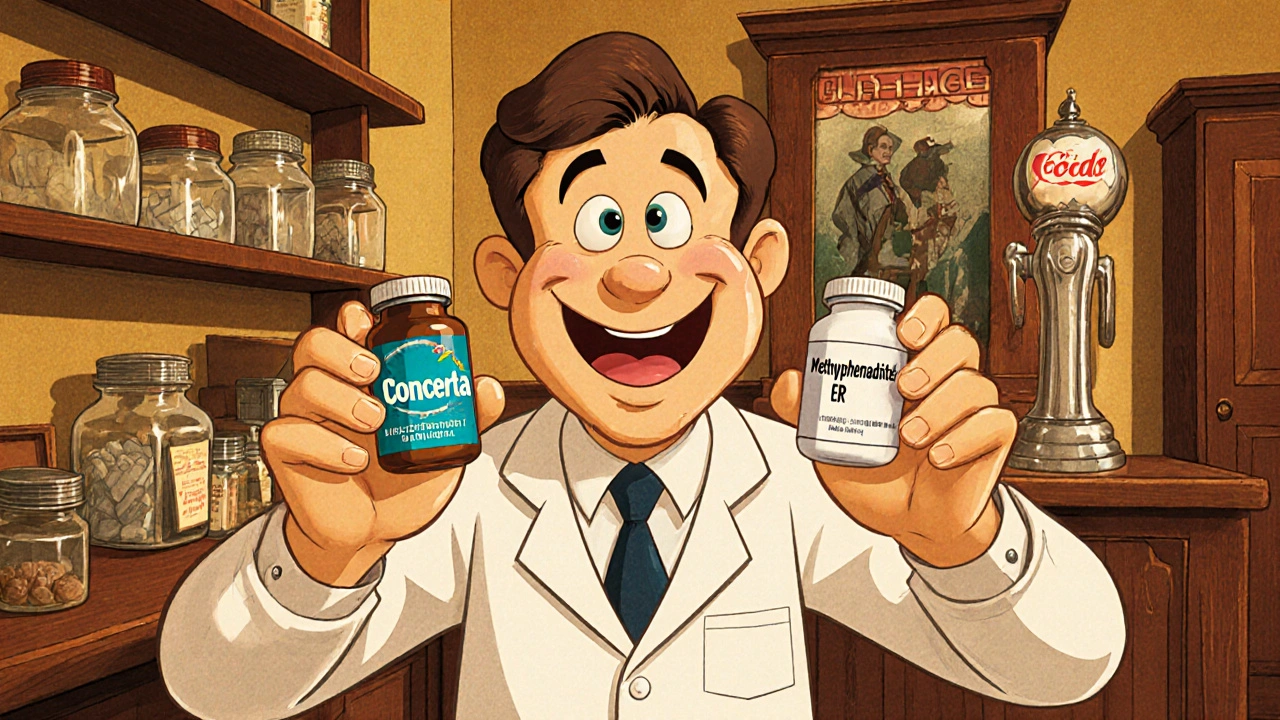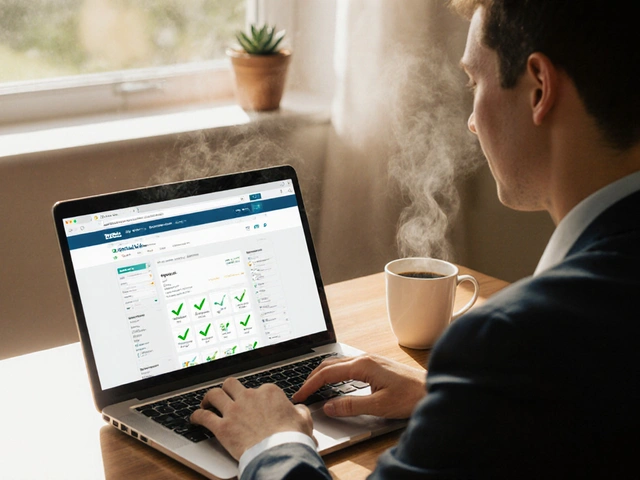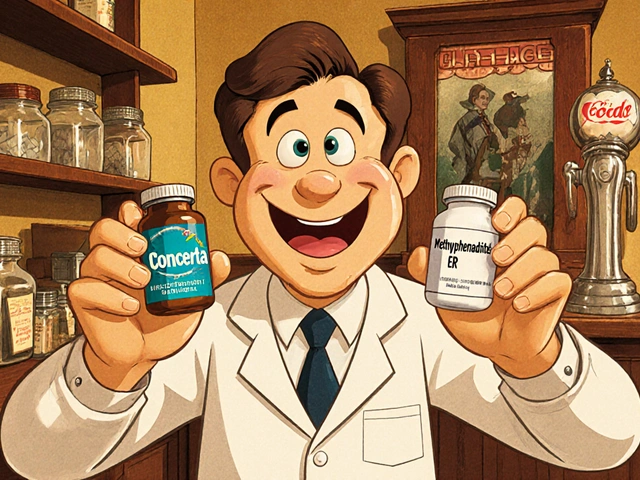When you pick up a prescription, you might see a pill that looks exactly like your brand-name medication-but without the brand name on it. That’s an authorized generic. It’s not a copy. It’s the real thing, just sold under a different label. And understanding how they work can save you money, avoid confusion, and help you make smarter choices about your meds.
What Exactly Is an Authorized Generic?
An authorized generic is the exact same drug as the brand-name version-same active ingredient, same inactive ingredients, same size, same shape, same manufacturing process. The only difference? No brand name on the bottle or tablet. It’s made by the same company that makes the original drug, sometimes even on the same生产线 (production line). The U.S. Food and Drug Administration (FDA) defines it clearly: it’s an approved brand-name drug marketed without the brand name on the label.
Think of it like buying a soda. The brand-name version has the logo, the colors, the marketing. The authorized generic is the exact same liquid, poured into a plain bottle with no branding. Same taste, same effect. Just cheaper.
How Are Authorized Generics Different From Regular Generics?
This is where things get confusing. Regular generics are made by other companies after the brand-name patent expires. They have to prove they work the same way through a process called bioequivalence testing. But they’re allowed to use different fillers, dyes, or coatings-so a generic version of your pill might look different, or even cause minor side effects if you’re sensitive to those extra ingredients.
Authorized generics don’t need that testing. They’re already approved under the original drug’s New Drug Application (NDA). That means they’re chemically identical in every way-down to the last grain of cornstarch or dye. If your body reacts poorly to the brand-name drug because of an inactive ingredient, you’ll react the same way to the authorized generic. But if you’ve had no issues with the brand, you’ll have zero issues with the authorized version.
And here’s the kicker: authorized generics aren’t listed in the FDA’s Orange Book, which tracks approved generics. So if you’re checking for therapeutic equivalence, you won’t find them there. That’s because they’re not considered generics under the regulatory rules-they’re just the brand drug with a different label.
Why Do Drug Companies Make Authorized Generics?
It sounds strange: why would a company that just spent billions developing a drug turn around and sell a cheaper version of it? The answer is strategy.
When a brand-name drug’s patent runs out, other companies can legally make generics. But the original company doesn’t want to lose all its customers. So they launch their own generic version-right before or right after the competition shows up. This lets them keep market share. Instead of losing 90% of sales to a cheaper generic, they might hold onto 40% by offering the exact same drug at a lower price.
Studies show that between 2010 and 2019, over 850 authorized generics were launched in the U.S. And in 75% of cases, they appeared after traditional generics had already entered the market. That’s not random. It’s a calculated move. Some even launch during the 180-day exclusivity window when only one generic company is allowed to sell-stealing that company’s early-mover advantage.
It’s not always bad for patients. Sometimes, it means you get a lower price sooner. But it also means the original company still makes money off the drug they invented, even after the patent expires.
How Much Do Authorized Generics Cost?
They’re usually cheaper than the brand-name version-often 15% to 25% lower. But they’re not always the cheapest option. Once multiple traditional generics flood the market, their prices can drop even further. Sometimes, an authorized generic will cost more than a traditional generic simply because it’s made by the same company that used to sell the brand name.
For example, if your brand-name drug costs $150 a month, the authorized generic might be $110. But after three other companies start making their own versions, you might find it for $60. So timing matters. If you’re switching right when the patent expires, the authorized generic might be your best bet. A few months later, the traditional generic could be cheaper.

Examples of Authorized Generics
You’ve probably taken one without knowing it. Here are a few real-world examples:
- Colcrys (brand) → Colchicine (authorized generic by Prasco Laboratories)
- Concerta (brand) → Methylphenidate ER (authorized generic by Watson/Actavis)
- Celebrex (brand) → Celecoxib (authorized generic by Greenstone Pharmaceuticals)
- Unithroid (brand) → Levothyroxine (authorized generic by Jerome Stevens Pharmaceuticals)
These aren’t hypotheticals. They’re real drugs, used by millions. If you’re on any of these, check your prescription label. You might be taking the authorized version and not even realize it.
Why Do Authorized Generics Look Different?
Even though they’re chemically identical, authorized generics often look different from the brand-name version. The pill might be a different color, shape, or have a different imprint. That’s because the FDA requires them to be visually distinguishable. It’s not to confuse you-it’s to prevent counterfeit drugs from being passed off as the real thing.
Pharmacists know this. But patients? They get confused. One woman in Wisconsin called her doctor in a panic because her “Concerta” looked like a different pill. She thought she’d been switched to a fake. Her pharmacist had to explain: it was the same drug, just made by the same company without the brand name.
That’s the biggest challenge with authorized generics: patient education. If you’re used to your brand-name pill looking a certain way, a change-even if it’s better-can trigger anxiety. That’s why pharmacists need to explain it clearly: “This is the exact same medicine. Just cheaper. Made by the same company.”
How Do You Know If You’re Getting an Authorized Generic?
It’s not always obvious. Your pharmacy might not tell you unless you ask. The best way to check is to look at the label. If the drug name matches your brand-name prescription but there’s no brand name listed-like “Levothyroxine” instead of “Unithroid”-you’re likely getting the authorized version.
You can also ask your pharmacist directly: “Is this an authorized generic?” They’ll know. Some pharmacies even flag them in their system. And the FDA publishes a list of authorized generics, updated regularly (as of October 2025). But most patients won’t check that. So asking is the easiest way.

Are Authorized Generics Safe?
Yes. Absolutely. Because they’re made under the same approval as the brand-name drug, they meet the same quality standards. The FDA doesn’t approve them separately-they’re already covered under the original NDA. That means they’re held to the same exacting standards for purity, potency, and manufacturing.
There’s no evidence they’re less safe. In fact, because they contain the same inactive ingredients, they might be safer for people who react to fillers in traditional generics. If you’ve ever had stomach upset or a rash from a generic, it might have been due to those extra ingredients-not the active drug.
What Should You Do If You’re Prescribed an Authorized Generic?
If you’re prescribed a brand-name drug and your pharmacy switches you to an authorized generic:
- Don’t panic. It’s not a downgrade.
- Check the label. Does it say the same active ingredient? Is the dosage the same?
- Ask your pharmacist: “Is this the same as my brand-name drug?”
- If you notice any new side effects, report them. Even with identical ingredients, small batch differences can sometimes affect people.
- Compare prices. Sometimes the authorized generic is cheaper. Sometimes the traditional generic is cheaper. Ask which option gives you the best value.
If you prefer the brand-name version for any reason-because you’ve always taken it, or you’re worried about change-tell your doctor. They can write “Dispense as Written” or “Do Not Substitute” on the prescription. But know that you’ll likely pay more.
Will Authorized Generics Disappear?
Unlikely. They’ve become a key tool in the pharmaceutical industry’s playbook. As more drugs lose patent protection, manufacturers will keep using authorized generics to protect profits while still offering lower-cost options. The FDA has no plans to ban them. In fact, they’re seen as a way to increase access to affordable drugs-even if they’re part of a larger business strategy.
Some experts worry they slow down real competition. If the brand company can launch its own generic right away, traditional generic manufacturers might never get a fair shot at the market. But for patients, they’re often a win: lower prices, same quality, no risk.
The bottom line? Authorized generics aren’t a loophole. They’re a legitimate, FDA-approved option. And if you’re paying for a prescription, they’re worth knowing about.
Are authorized generics the same as brand-name drugs?
Yes. Authorized generics are chemically identical to their brand-name counterparts, including the same active and inactive ingredients, dosage, strength, and manufacturing process. The only difference is the absence of the brand name on the label.
Are authorized generics cheaper than regular generics?
Not always. Authorized generics are usually cheaper than the brand-name version, but often more expensive than traditional generics once multiple manufacturers enter the market. Their price typically falls between the brand and the cheapest generic option.
Why aren’t authorized generics listed in the FDA’s Orange Book?
Because they’re not approved under the Abbreviated New Drug Application (ANDA) process like traditional generics. Instead, they’re marketed under the original brand’s New Drug Application (NDA), so they’re not classified as generics in the FDA’s therapeutic equivalence database.
Can I request an authorized generic from my pharmacist?
Yes. You can ask your pharmacist if an authorized generic is available for your prescription. They can check their inventory and often substitute it if your doctor hasn’t restricted substitutions.
Do authorized generics have the same side effects as brand-name drugs?
Yes. Because they contain the exact same ingredients-including inactive ones-they can cause the same side effects. If you’ve had no issues with the brand-name version, you shouldn’t have any with the authorized generic.
How do I know if my drug is an authorized generic?
Check the label on your prescription bottle. If the drug name matches your brand but there’s no brand name listed (e.g., “Levothyroxine” instead of “Unithroid”), it’s likely an authorized generic. You can also ask your pharmacist directly.





